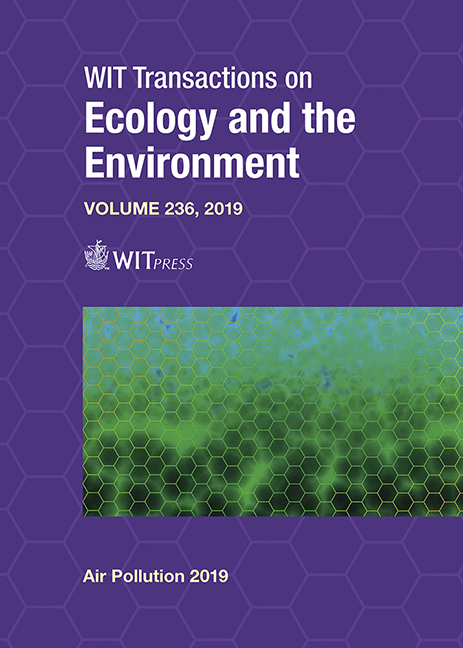HOURLY TROPOSPHERIC OZONE CONCENTRATION FORECASTING USING DEEP LEARNING
Price
Free (open access)
Transaction
Volume
236
Pages
10
Page Range
129 - 138
Published
2019
Size
421 kb
Paper DOI
10.2495/AIR190131
Copyright
WIT Press
Author(s)
LUCAS ALVES, ERICK GIOVANI SPERANDIO NASCIMENTO, DAVIDSON MARTINS MOREIRA
Abstract
The purpose of this work is to build, train and evaluate a deep learning-based model to forecast tropospheric ozone levels hourly, up to twenty-four hours ahead, using data gathered from the automatic air quality monitoring system in the metropolitan region of Vitória city, Espírito Santo (ES), Brazil. Observational data of air pollutant concentrations and meteorological parameters were used as the input variables of the model once they represented the state of the atmospheric fluid in terms of its properties and chemical composition throughout the time. Several topologies of multilayer perceptron neural networks were tried and evaluated using statistics of the predictions over unseen data. The best architecture was compared with reference models and the results showed that deep learning models can be successfully applied to hourly forecasting of ozone concentrations for urban areas. Once such models are fitted to the data, the forecasting procedure has a very low computational cost, meaning that it can be used as an alternative approach in comparison with numerical modelling systems, which require much more computational power.
Keywords
air quality forecasting, ozone, neural networks, deep learning





